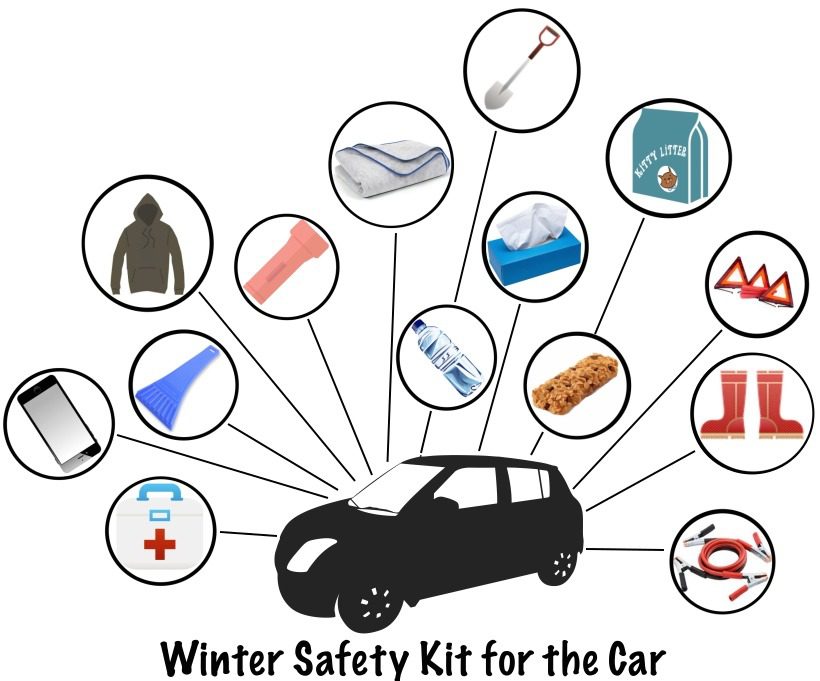

Last week a couple readers suggested a column on winter safety, particularly for cars. The importance of this topic was made even more clear to me as I made the 4½ hour drive from Casselton to Minot just after our last snow storm.
Those new to the region or new to driving may not realize how deadly serious winter is here. There are all manner of reasons people don't prepare for winter driving. You might even be using one right now: “I just drive in town;” “My car is new and well-maintained;” “I have a cell phone and can always call for help.”
Take a look at this windchill chart. During a cold and windy day, frostbite can occur in less than 10 minutes. How long does it take you to change a flat tire? Walk to the nearest gas station? Dig yourself out of a snowdrift?
But if you are prepared with a winter safety kit, minor breakdowns do not need to be so hazardous. A winter safety kit for your car is the most important thing you can do to keep you and your family safe this winter. It is especially important to have if you travel long distances or have small children in the car.

A winter safety kit for your car is comprised of two parts: the part for the car and the part for the driver and passengers.
For the car, you should have:
Hopefully, you already have the last four items in your car. Jumper cables are a must. Even new batteries have been known to fail when temperatures are severe. Look for the flexible flashlight that goes around the neck and is rechargeable. It's easy to keep charged in the car, and the round-the-neck style leaves hands free. Snow drifts can lurk anywhere, even city streets, so a shovel and other traction devices are always good things to have on hand.
Start the season with a tune-up. Make sure that all belts, filters, spark plugs and fluids are working at top efficiency. Change your oil to a winter weight if recommended by your car's manufacturer.
For the passengers, you should have:
As soon as the first snow flies, my winter bag goes into the car and stays there until spring. When my children were young, I put all their winter gear into a duffel bag. Each time we left the house, I brought the kids' winter bag with us. When they got their driver's license, each of them had their own kit that we expected them to take with them each time they left the house.
A trip across state can be interrupted by a severe storm that leaves you stranded when roads are closed. If you'll be traveling out of town, you should also have:
Be prepared before you leave the house:
Now what do you do when you get home after a cold and stormy trip to run errands? Why, you make yourself a cup of hot chocolate, of course!
Make up a batch of Homemade Hot Cocoa Mix now and have it on hand for whenever you or the little ones need a quick warm-up:
Ingredients:
10-2/3 cups instant nonfat powdered milk
6 oz. jar powdered nondairy creamer
4 cups powdered sugar
2 cups unsweetened cocoa powder
1 tsp powdered vanilla
Directions:
Combine all ingredients in a large bowl and stir to mix well. You may need to stir with a whisk or a fork to get all the lumps out and make it an even consistency. Store in an airtight container in a cool dark place. This makes 17 cups of powdered mix. Store it in five 1-quart baggies or a plastic cereal container.
For one serving, stir 3 tablespoons Homemade Hot Cocoa Mix into 1 cup of hot water until dissolved.
The non-dairy creamer powder makes this cocoa rich and creamy, but it's the vanilla powder that makes it over-the-top yummy—much better than any store-bought mix. Watkins makes powdered vanilla, and you can find it at most good kitchen stores. It's worth looking for.
Don’t let winter get the best of you. Be prepared for the worst so that everyone arrives at their destination safe and sound.